Rajathani Legends
Bhandasar Jain Temple Bikaner Rajasthan
Mother Masala Tours
Ancient Artistry
Bhandasar Jain Temple Bikaner Rajasthan. Stands as a captivating testament to the rich heritage and spiritual philosophy of Jainism. Constructed in 1468 by Bhandasa Oswal, a wealthy Jain merchant, this sacred site is dedicated to Sumatinatha, the fifth Tirthankara. The temple's construction coincides with a period of prosperity for the Jain community in the region, providing them with a prominent place for worship and community gathering The temple is unique for its use of 40,000 kilograms of ghee instead of water in its construction - a remarkable choice made during a severe drought, demonstrating the devotion of its builders.This structure, developed over several years, was completed in 1541 by Bhandasa's daughter, revealing the dedication of women in upholding and continuing their family legacies in religious and cultural practices.
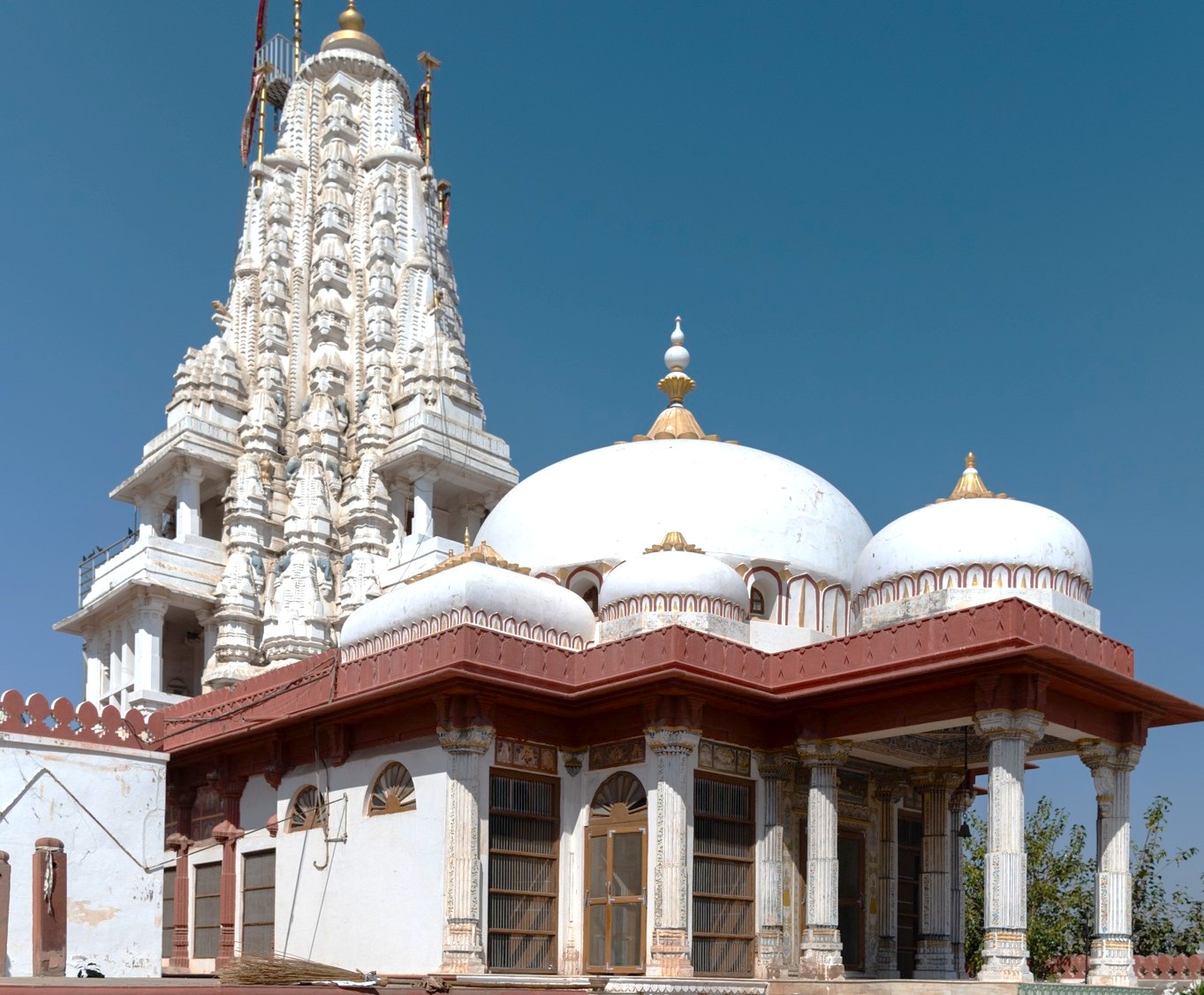
Bhandasar Jain Temple Bikaner Rajasthan: Timeless Artifacts
Within the sanctum, the atmosphere is infused with tranquility and reverence. Notable artifacts include the intricately carved wooden doors and the ornate pillars that reflect the exceptional craftsmanship of the era. The walls are adorned with paintings and engravings that depict various Tirthankaras, offering insight into Jain beliefs and teachings. As we walk through the temple, we find that the stunning frescoes and inlaid mirror work create an inviting ambiance, inviting meditation and reflection. The temple is recognized as a Unesco World Heritage Site, emphasizing its importance within the cultural landscape of Rajasthan.
Ancient Mosaics: Impeccable Craftsmanship
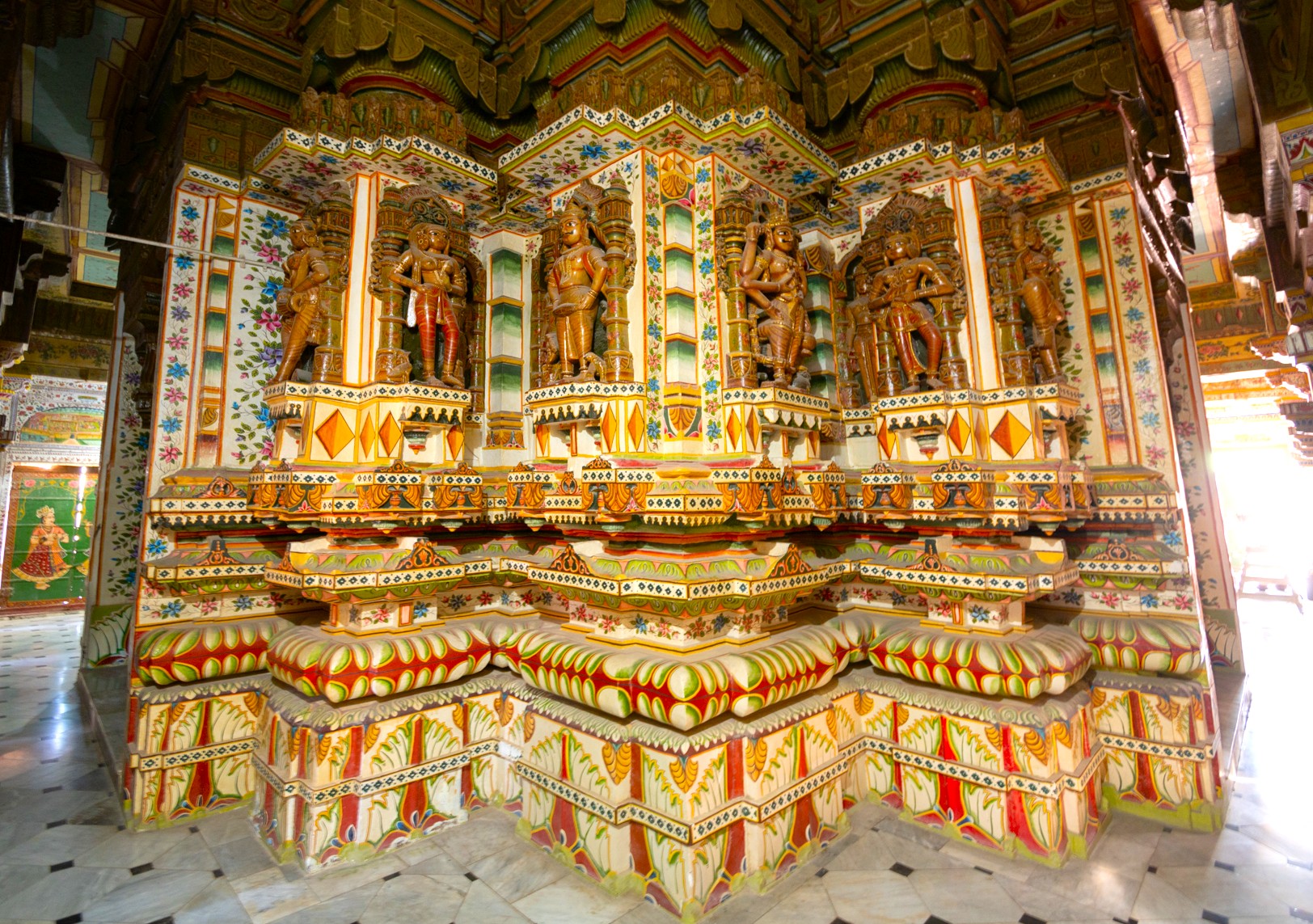
Renowned for its impeccable craftsmanship, which blends traditional Jain artistic elements with unique local techniques. The artistry that adorns the temple was executed by skilled artisans of the 15th century, with influences ranging from Pahari painting styles to detailed motifs that reflect the natural beauty of the region. As we explore the serene interior, we notice the fine details in the carvings on the pillars, which feature floral patterns and depictions of religious scenes. The designs reveal a profound dedication to heritage, inviting deep appreciation for timeless artistry, connecting us to a rich past.
The Pulse of the Local Community
The local community possesses a strong sense of identity tied closely to the traditions and beliefs of Jainism. This harmony is evident in their hospitality, which draws us in as we engage with the locals during our visit. There is an intrinsic warmth in how the residents share stories, traditions, and insights about the temple and its ceremonies, fostering a sense of belonging. In Bikaner, the Jain population actively participates in maintaining cultural practices that celebrate their heritage. Group gatherings are common, especially during festivals like Paryushana, emphasizing values of compassion, non-violence, and community support.
Capturing the Magic: A Photographic Haven
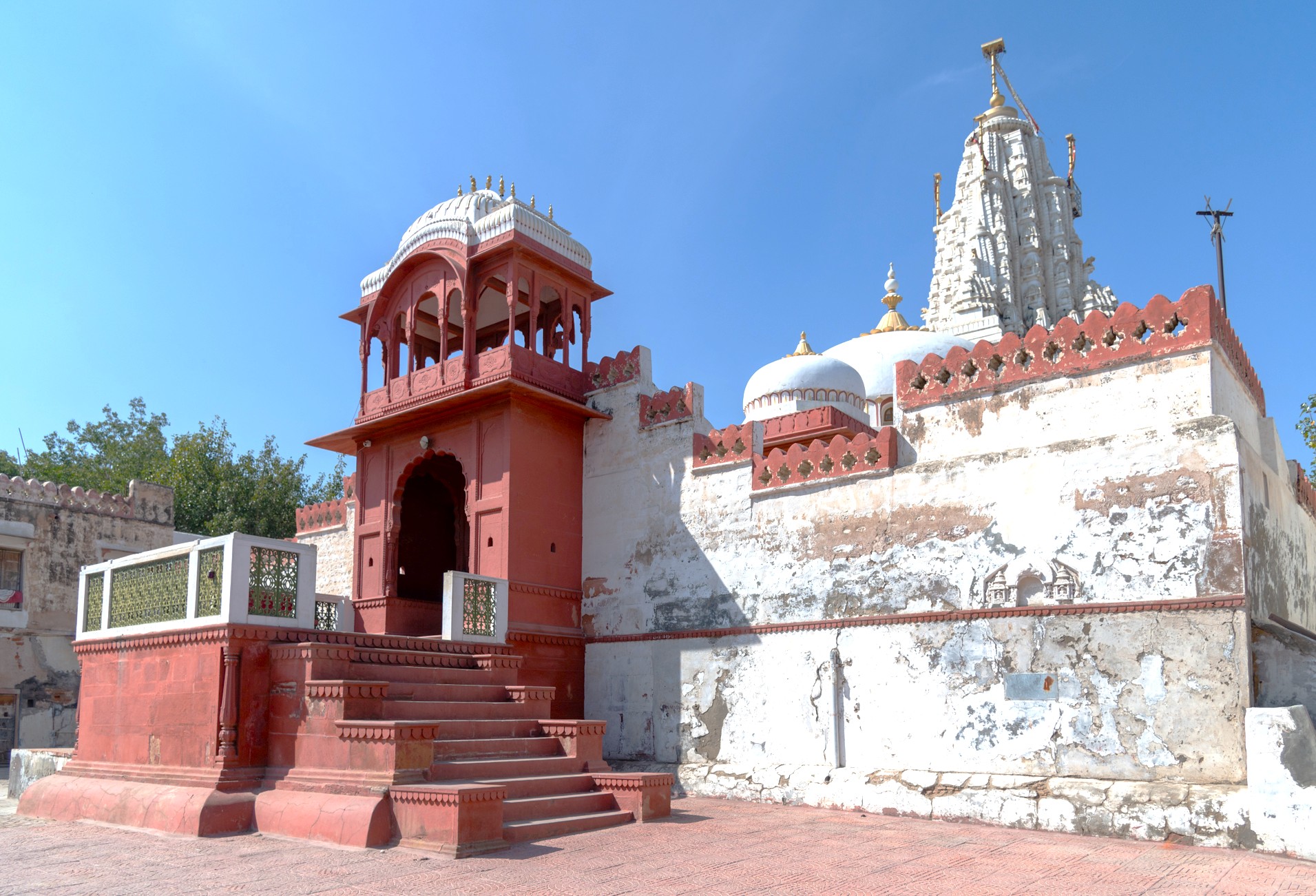
Bhandasar Jain Temple Bikaner Rajasthan. This sacred site offers a plethora of photographic opportunities for those wanting to capture its unique, ancient beauty. The intricate carvings, the rich colors of the frescoes, and the serene ambiance provide stunning backdrops for photographs that celebrate both the profound artistry and deep spirituality of the site. Each frame captures a piece of history and devotion. Especially captivating are the vibrant reflections created by the inlaid mirror work, adding a magical depth and a brilliant sparkle to each shot.
A Culinary Journey: Savor the Flavour
While the temple itself is centered on spirituality and worship, the surrounding area of Bikaner offers a taste of Rajasthani cuisine that reflects the culture of the region. One local specialty to try is Bikaneri bhujia, a crispy snack made from gram flour and a mix of spices - ideal for enjoying as we explore. Traditionally, the preparation involves roasting the flour with spices like asafoetida and then frying it to achieve the desired crispiness. The snack is a favorite among both locals and those from afar, often found in markets close to the temple.
Serendipitous Meetings: Beyond the Main Path

Bhandasar Jain Temple Bikaner Rajasthan. Walking through the areas of the temple, we often discover unique crafts and local businesses that provide deeper insights into the authentic culture of Bikaner. Artisans selling handcrafted jewelry, vibrant textiles, and traditional items welcome us with genuine warmth, eager to share the rich stories behind their beautiful creations and their lives. One will come across a small pottery studio, where artisans create exquisite earthenware using age-old techniques passed down through countless generations. Exploring the market stalls and engaging with the vendors is a wonderful way to find a special souvenir, a tangible piece of this heritage.
Festivals of Devotion: Honouring the Sacred and the Divine
Bhandasar Jain Temple Bikaner Rajasthan. The Jain community celebrates numerous festivals throughout the year, with Mahavir Jayanti being one of the most important. Observed in March or April, this festival marks the birth of Lord Mahavira, and the temple is beautifully decorated, inviting people to partake in prayers and special rituals. During this time, the temple comes alive with activities dedicated to honoring the teachings of Lord Mahavira. Special processions are organized, accompanied by traditional music, which adds a lively note to the solemnity of the occasion.
Ancient Technologies: Sacred Sound, Geometry & Astrological Influences
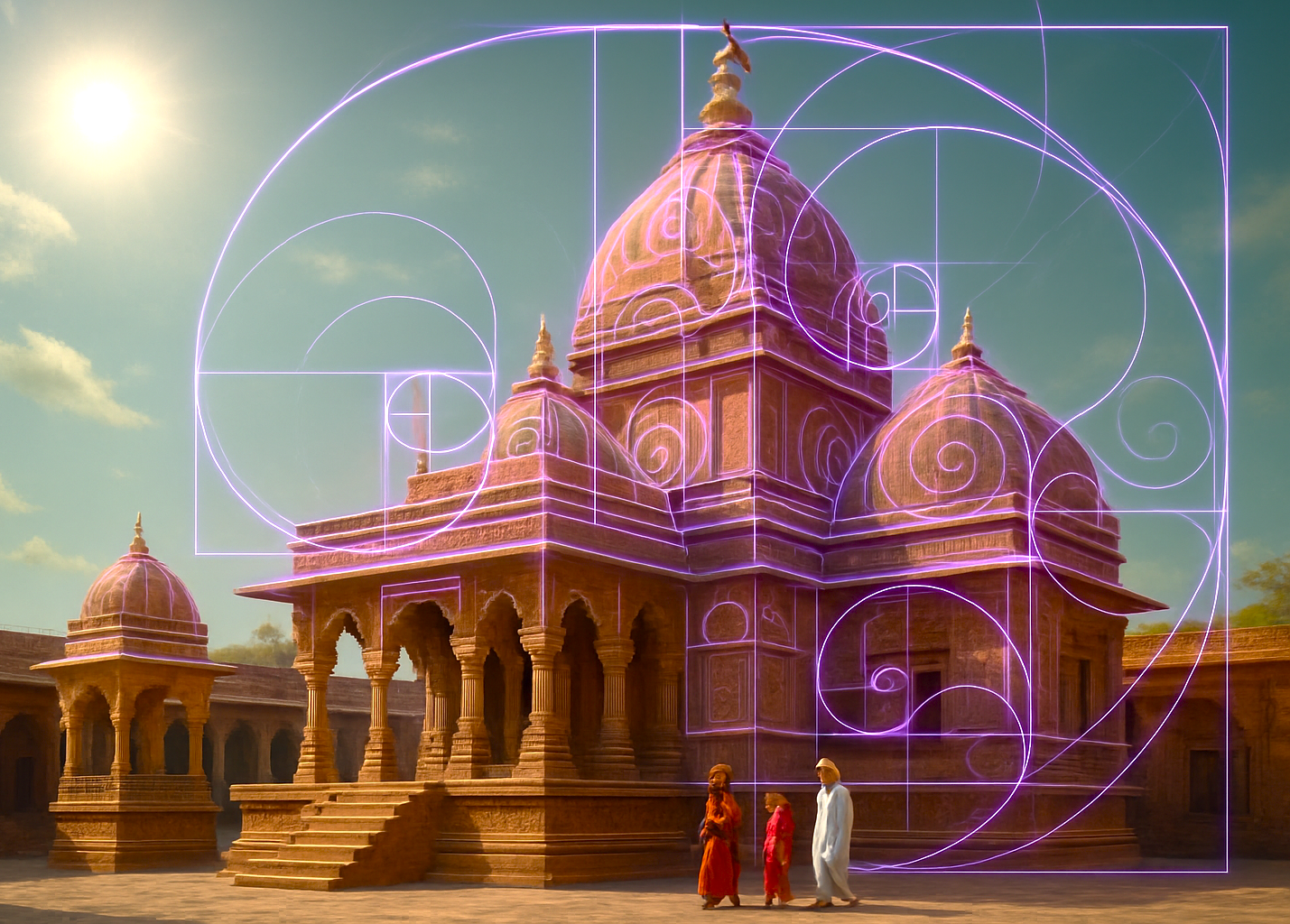
The layout, carefully guided by Vastu Shastra, is structured to promote positive energy flow, supporting a tranquil atmosphere that enhances meditation and prayer. Crafted from red sandstone and embellished with intricate carvings, the design helps maintain consistent acoustics, allowing the sounds of instruments and chanting to resonate within its walls. This encourages both deep reflection and profound spiritual engagement. The application of Solfeggio frequencies, specifically 396 Hz, to reduce emotional pain and guilt, fostering inner peace. This design creates a sacred space, inviting serenity within its ancient walls.
The Connection with the Gods
Bhandasar Jain Temple Bikaner Rajasthan. Dedicated to Sumatinatha, the fifth Tirthankara, and represents a direct connection to the divine. The stories of the Tirthankaras guide practitioners in their spiritual journeys and provide a moral framework for their lives. Prayers offered at the temple focus on seeking wisdom, peace, and liberation. The teachings of Sumatinatha emphasize non-violence and truth, encouraging devotees to lead a life of harmony and spiritual growth. This connection with the divine allows the community to feel supported in their daily practices, adding depth to their dedication and devotion.
Resilience and Renewal: Overcoming Adversity’s Challenges
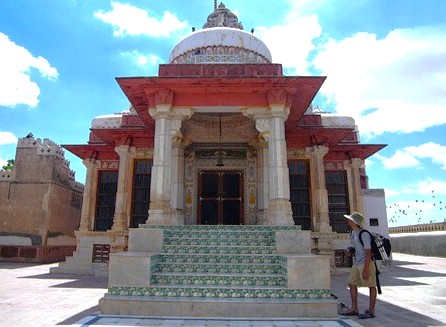
Bikaner’s history is woven with tales of resilience, particularly during the Great Famine of 1899. This historic event brought significant hardship to the region, impacting agriculture and daily life. Families struggled to find resources, leading to profound changes in how the community interacted and supported one another. During this challenging time, the generous Jain community stepped forward, organizing vital relief efforts and providing essential food and shelter to those most in need. The famine tested the spirit of Bikaner, forging stronger bonds amongst its people. The Jain community's swift action became a beacon of hope, demonstrating immense compassion.
Urban Legends: Strange Sightings, Myths and Mysteries
Bhandasar Jain Temple Bikaner Rajasthan. The Temple is surrounded by urban legends that enrich its history. One popular tale involves a mysterious spirit said to protect the temple, manifesting during significant rituals and ceremonies. Locals believe that the spirit offers blessings and guidance to those who come with a pure heart. Additionally, stories circulate about hidden treasures within the temple, attributed to the wealth of Bhandasa Oswal.
Dust Off the Suitcase - It’s Time
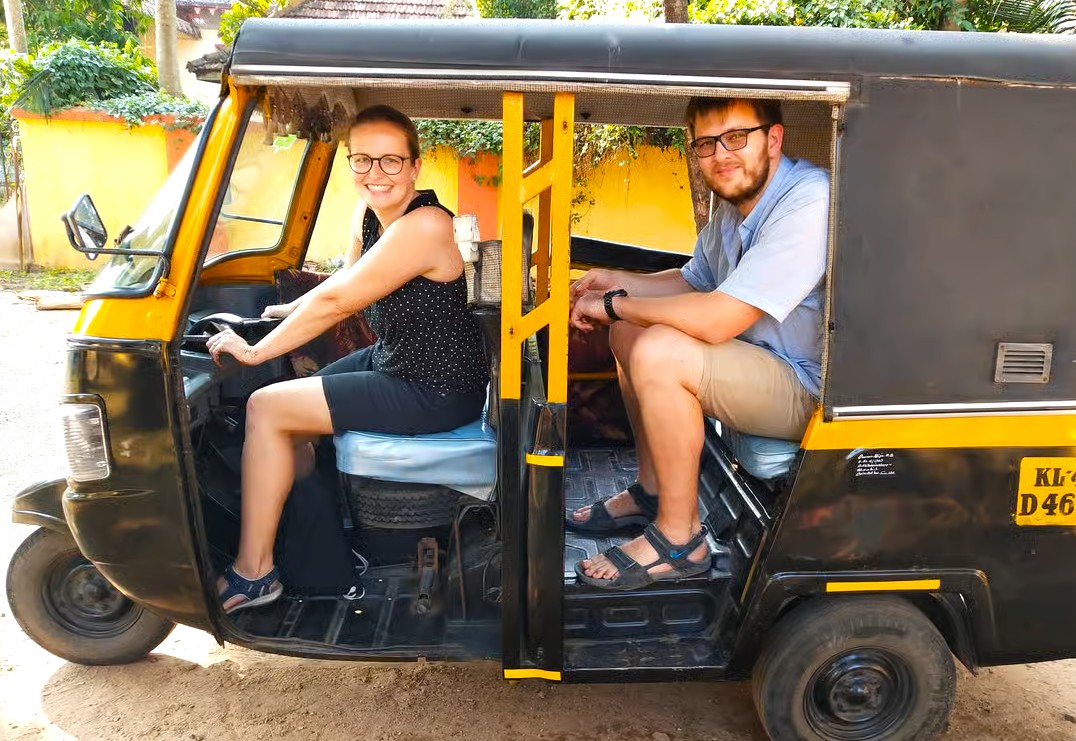
We are going to explore the beautiful Bhandasar Jain Temple in India. Join us as we delve into its ancient history, admire the exquisite craftsmanship, and soak in the profound spiritual ambiance that this sacred place radiates. Experience its vibrant festivals, full of traditional color and joy. Savor the delicious flavors of authentic Rajasthani cuisine, a true culinary delight. You will come away with not just stunning photographs, but also cherished stories and unforgettable experiences that will truly deepen your appreciation for this stunning example of Jain heritage, enriching your soul.
Symphony of Generosity: Offerings from Wanderers to Residents
Bhandasar Jain Temple Bikaner Rajasthan. The relationship between locals and those who come to experience Bhandasar Jain Temple is grounded in mutual respect and generosity. Artisans and vendors benefit from the business generated during festivals, while the community is enriched by the stories and experiences shared by those who visit. The mindfulness surrounding these interactions illustrates how the temple is a living entity, where every visit adds to the tapestry of experiences, further enriching the cultural legacy of Bikaner.